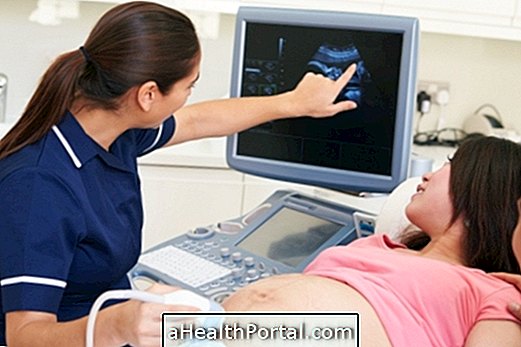The touch exam in pregnancy is for the gynecologist to evaluate the evolution of pregnancy or labor, for this the doctor introduces 2 fingers to touch the cervix and evaluate the time that should still last the labor, in the case of normal birth, based on dilation of the uterine cervix.
Usually the touch examination is used at the end of pregnancy to check the dilatation and thickness of the cervix, descent and position of the fetal head and rupture of the pouch. However, it can also be done early in pregnancy to assist in the diagnosis of pregnancy or to assess the length of the cervix of the pregnant woman.
The touch examination alone does not detect pregnancy at an early stage, and other methods for the diagnosis of pregnancy, such as palpation, ultrasonography, and Beta-HCG blood testing, must be used.
The touch examination in pregnancy is contraindicated when the pregnant woman presents a great loss of blood by the intimate region.
How the Touch Test is Performed in Pregnancy
The touch exam in pregnancy is done with the pregnant woman lying on her stomach with her legs apart and her knees bent. It is performed by a gynecologist who introduces two fingers, usually the gauge and the middle, in order to touch the bottom of the cervix.
The touch examination is always done with sterile gloves so there is no risk of infection and no pain. Some pregnant women say that the test hurts, however it should only cause slight discomfort due to the pressure of the fingers on the cervix.
Pregnancy touch test may bleed
The touch exam in pregnancy can cause a small bleeding, which is normal and should not leave the pregnant woman worried. However, if a woman experiences a severe loss of blood following a touch examination, her doctor should be consulted immediately to make sure everything is OK.
Useful links:
- 10 first symptoms of pregnancy
- Bleeding in pregnancy
























